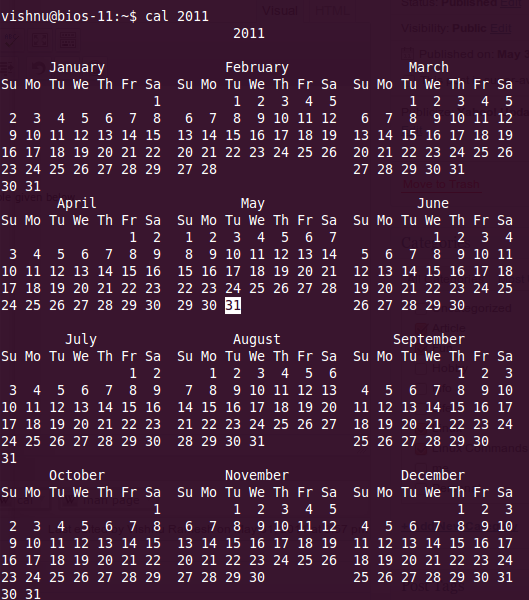 This is the first time I’m taking part in a real programming contest. Had so much fun and learned a lot more. My teammates were Sai Vikneshwar (Third year CS) and Aswin Akhilesh (Fourth Year CS). They are really good at this. I’m glad I got this opportunity to work with them. At first I had doubts if I could keep up with them. But it turned out to be a really good learning experience. There were 7questions and 5hours. Within the first our we read all the problems and started with what we felt was the easiest and could be submitted. The problems were pretty tough. The lab was pretty much filled up in the beginning. The contest was a crash course on vectors for me. I had never used vectors before. Knew it was really cool. We had to work using an arena which they supplied. The interface was pretty lame. And we had to stick to a directory structure which they specified. That again was lame. I did not like the lack of freedom. For all the problems they had supplied a header file containing a class and a function. We just had to complete the function according to the given instructions. This was the first time I’m dealing with problems like this. In the problems which I’ve seen before we just had to get the output correct. Anyway we managed to solve one problem. It had no compilation errors and worked perfectly with all test cases we tried. But the arena just refused to accept our program. It was compiling our program as if it was a c program, but ours was cpp. Anyway I learnt a lot today. I was able to keep up with the code 😀 Great experience. The last time I sat five hours at a stretch in lab was for our end semester lab exam for C programming in S2. But back then the problems were simple and we were working on mooshak. I really admire mooshak. Its a really cool software and fun to work with. Mooshak gave me my first A+ grade 🙂
This is the first time I’m taking part in a real programming contest. Had so much fun and learned a lot more. My teammates were Sai Vikneshwar (Third year CS) and Aswin Akhilesh (Fourth Year CS). They are really good at this. I’m glad I got this opportunity to work with them. At first I had doubts if I could keep up with them. But it turned out to be a really good learning experience. There were 7questions and 5hours. Within the first our we read all the problems and started with what we felt was the easiest and could be submitted. The problems were pretty tough. The lab was pretty much filled up in the beginning. The contest was a crash course on vectors for me. I had never used vectors before. Knew it was really cool. We had to work using an arena which they supplied. The interface was pretty lame. And we had to stick to a directory structure which they specified. That again was lame. I did not like the lack of freedom. For all the problems they had supplied a header file containing a class and a function. We just had to complete the function according to the given instructions. This was the first time I’m dealing with problems like this. In the problems which I’ve seen before we just had to get the output correct. Anyway we managed to solve one problem. It had no compilation errors and worked perfectly with all test cases we tried. But the arena just refused to accept our program. It was compiling our program as if it was a c program, but ours was cpp. Anyway I learnt a lot today. I was able to keep up with the code 😀 Great experience. The last time I sat five hours at a stretch in lab was for our end semester lab exam for C programming in S2. But back then the problems were simple and we were working on mooshak. I really admire mooshak. Its a really cool software and fun to work with. Mooshak gave me my first A+ grade 🙂
Oh I also learned a lot about pointers, scope of variables, debugging and is the first time I’m actually noticing varriables getting destructed when their scope ends.









